From mountains to sea: hiking Fiordland National Park along the Hollyford Tack
New Zealand has a lot of long, steep and gruelling hikes. This four-day outing is not one of them, but that doesn’t mean it’s without challenges.
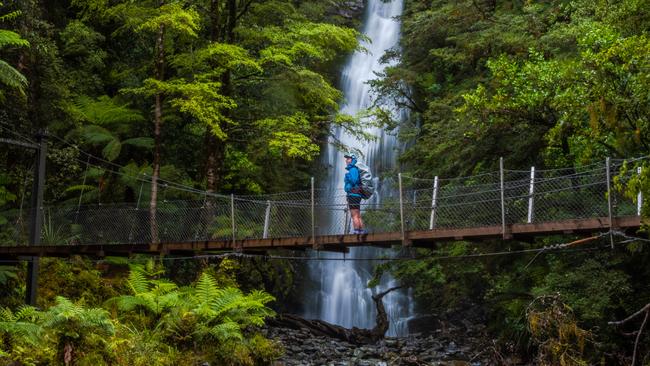
The Amazon delta has nothing on Jerusalem Creek this fine spring afternoon in southwest New Zealand’s Fiordland. Countless tangled channels cover the plain, the after-effect of a 36-hour downpour that, now it’s let up, has gifted us a merry morning of mudlarking.
However, not for the first time on our hike, progress is barred because Jerusalem Creek is a fickle beast. We’ve emerged from the forest beside Lake McKerrow and the creek is not as guides Michelle Grant and Becs Howe left it on the previous trip. It’s become braided, a mass of interlocked watery fingers, one of which is the main channel. But where? We stand by so Grant and Howe can splosh around in search of it. They return to report that while not all that deep, Jerusalem is running hot, and although we’ve forded smaller creeks so far on the Hollyford Track, it’s not to be trifled with today.
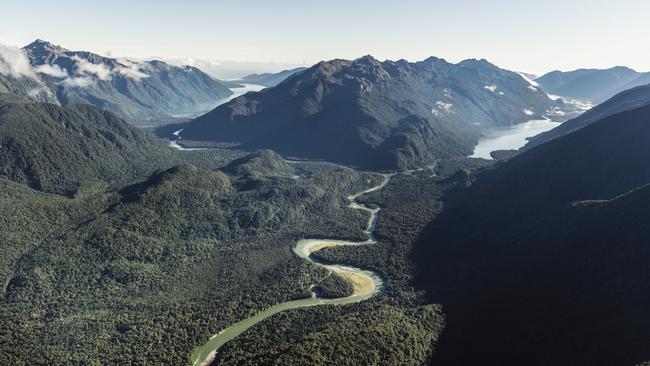
So Plan B kicks in, the summoning of Guy Turnbull and Jimmy Jarvie, HWE’s jetboat crew, to take us around the creek’s ever-widening mouth to Long Reef, a wildlife-rich promontory where Lake McKerrow meets the Tasman at Martins Bay. We’re happy with that, as we shall return part-way through the gluggy glade to a suitable embarkation point, so more fun in the mud. As before, Grant, Howe and third guide Rosie Jerard scout out the path somewhere beneath the water, fossicking with hiking poles for submerged boardwalk.
Hiking in New Zealand
NZ has trekking trails that are long, steep, tortuous and/or gruelling. The Hollyford is none of these. It’s a tramp (the Kiwi term for hiking) through beech and latterly podocarp forest, and in benign conditions you’d almost skip along it. But given it rains on average every second day – Milford Sound, next door, is the wettest address in NZ – a pampering option is the Hollyford Wilderness Experience.
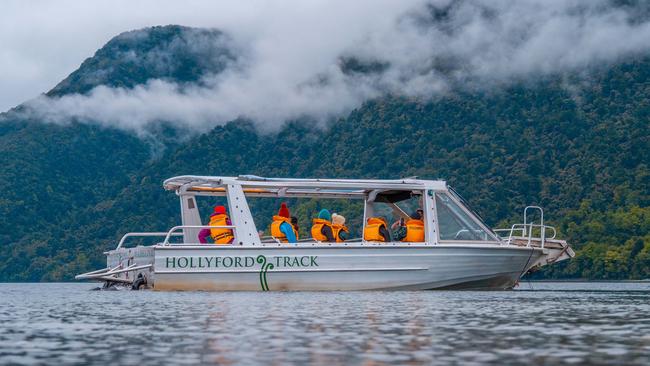
On night one, at our hotel in HWE’s base of Te Anau after a transfer from Queenstown, we receive a bag of essentials: industrial-strength plastic pack-liners, waterproof maps, manuka honey sachets for an energy hit, and lambswool patches to deal with hotspots on the feet. There’s also wet-weather gear on loan, but we’ve all done our due diligence and brought our own.
In Gore-tex we trust.
The route
Ahead is three days within UNESCO World Heritage wilderness. The first day is a tick under 20km, shadowing the Hollyford River. Day two is 15km, from an abandoned town site beside Lake McKerrow to Long Reef. We’ll finish with a morning’s jaunt through the dunes at Martins Bay before a departure by helicopter along the coast and then up Milford Sound, ahead of the return drive to Queenstown. We’ll have private lodges with ensuite bedrooms, three-course dinners and worthy NZ wine.
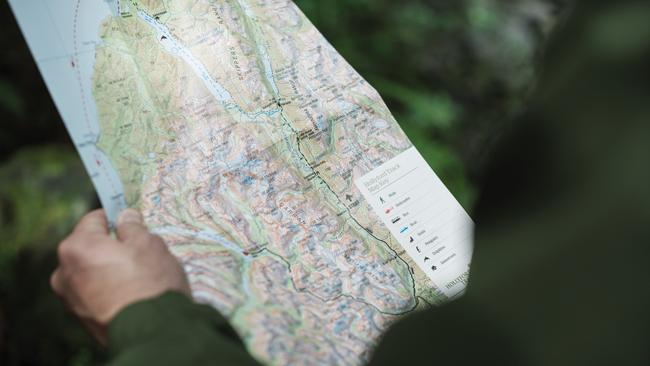
But first a reality check. The forecast is rain all day tomorrow but then clear skies, and Howe offers options. It’s a two-hour drive before an hour’s tramp to the first serious creek. If it’s running too hard, we must return to Te Anau. If we don’t want to chance even that, they’ll arrange an alternative afternoon walk on the renowned Kepler Track nearby. Either way, we’ll resume the itinerary the following day by taking helicopters from Milford to Martins Bay.
Democratically, the guests get to decide, and we unanimously agree to head to the Hollyford and take a look. Whatever happens, Howe assures us “the waterfalls should be pumping and the forests will still be beautiful”.
Hollyford history
The ride north is time for a history lesson, featuring pioneers who couldn’t make a go of farming here. One who stuck it out was David Gunn, a grazier, bushman and, for visitors to the area, safety net; he was known as Davey the Tramper’s Friend. He called the Hollyford “the land of doing without” and his tales of endurance are legendary.
In time we tramp to this much-anticipated first creek. It’s bubbling but not really flooded, and the guides are confident we’ll make it. They position themselves in the water and basically hand us across. A second creek that’s been front of mind also is navigable, although with deeper pools, ferns and branches to negotiate.
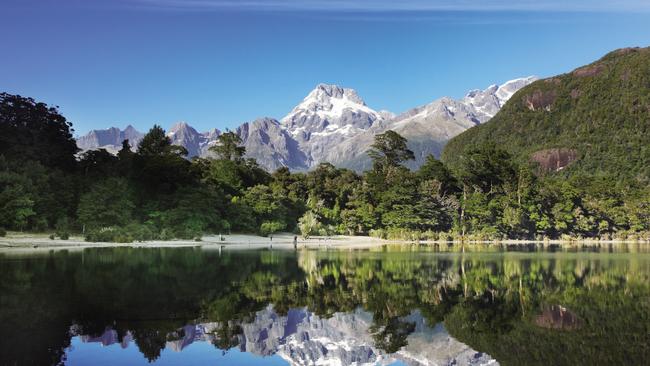
Today’s audio track is dominated by the korimako, “one of our nicest songbirds”, says Grant. In contrast to the greenery is the beech’s rich red timber, on show as stumps where they’ve snapped in a storm. A more subtle feature is the crown fern or petipeti which, like the silver fern, has different shades on each side. The paler side, which usually faces down, reflects the moonlight, and the Maori turn it over to mark their trail for night-time navigation.
Natural highlights
At our lunch stop, Grant is elated, spying a pair of whio, blue ducks, on the river. Regarded by Maori as a taonga (treasured) species, there are just 3000 in the wild and sightings are rare. But they love turbulent water, says Grant, and are masterfully holding their own on the current.
It’s a quick detour to Hidden Falls, just 25m tall but their splash off the rocks is fiercer than the rain, stinging the face. After that, the afternoon’s going is good, with the occasional bridge over any really troubling water, and the only elevation gain is an easy switchback up to Little Homer Saddle.
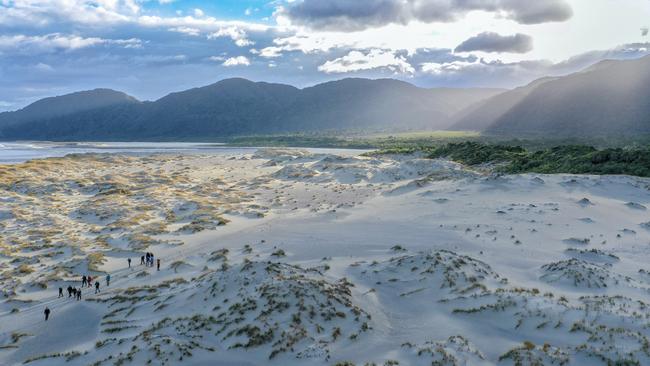
Today’s one non-negotiable creek is the last, which makes for our first encounter with the jetboat to get us around to tonight’s digs, Ka Tuku Lodge. There to greet us are Caroline Philp and Stephane Dussau, hosts and chefs on their first season with HWE.
Accommodation and cuisine
After hot showers, followed by the arranging of wet gear in the drying room, it’s time for coffee and jammie dodger biscuits in the lounge. Then a mountainous cheese and charcuterie board arrives, before wild venison backstraps and, finally, caramelised lemon tart. The generous drinks list covers craft beer, Marlborough whites, Central Otago pinot noir and syrah from Hawkes Bay.
The rain hasn’t let up overnight, and a small stroll after breakfast is cancelled due to inaccessibility, giving Grant time to relate more Hollyford history. Alphonse Barrington led a gold prospecting expedition at the start of winter in 1864. Eventually short of food, they ate roast rat. As he wrote: “If this night does not kill us, we shall never die. We are three skeletons, just alive.”
Grant’s reading is interrupted by the radio. It’s Turnbull, updating the river conditions. “How’s it looking?” she asks. The curt reply is: “The rain gauge is under water.”
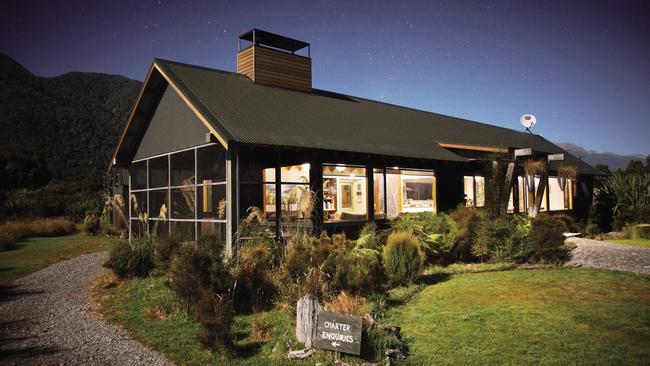
However, we’re assured we’re high and dry and it won’t be anything like the 2020 flood, in which guests and staff, including Howe, were stranded, the water inside the lodge. They exited vertically, winched up to a helicopter through a hole cut in the roof. This was the catalyst for a total lodge upgrade, swapping bunk beds and communal bathrooms for large ensuite rooms, both here and at the next lodge, Waitai at Martins Bay.
Turnbull and Jarvie eventually arrive to take us along Lake McKerrow, after a quick detour under the impressive Pyke Swingbridge and into neighbouring Lake Alabaster, which is calm despite all the pop-up waterfalls roaring into it. This transfer is planned on the itinerary, cutting out 20km of the track to deposit us at Jamestown, the only attempt at a settlement on the Hollyford. Life here was all too difficult: too hard to grow grain, virtually impossible to get grazing cattle to market, and trapped by a sand bar that wrecked most supply ships trying to enter from Martins Bay. Forest has reclaimed the 1870s site, and yesterday’s rain has claimed the track, so it requires another jetboat hop to a drier landing.
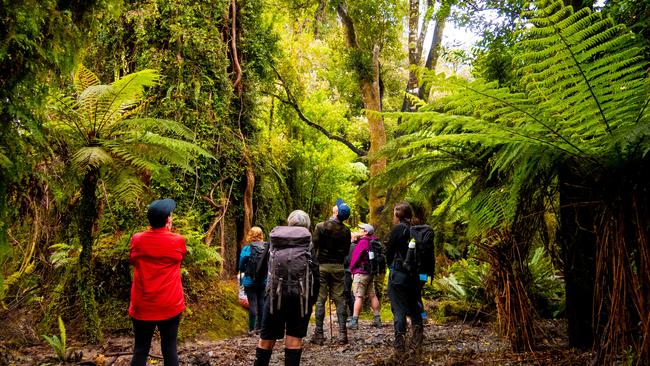
This forest is now podocarp, a mass of tall hardwoods, shrubs and ferns. And while the sun is out, if anything the track is harder to find, and sections are waded shin-deep. But it’s a bountiful place. Grant lets us sample wheki, a caterpillar-like fern that, although edible, could use a sauce. Tastier is supplejack, aka bush asparagus but with a green bean taste, which settlers would also use for eel traps. We eventually reach a hut where awaiting us is a lunch of salads and fruits, left by fairies of the forest who later are revealed as Waitai’s hosts Sue Robinson and Mike Skipper.
Wildlife spotting
Despite the Jerusalem Creek washout, the ultimate destination is attained. On Long Reef promontory, we keep very quiet lest we startle the taiwake, Fiordland crested penguins. It’s also a spot for fur seals, and we’re deemed fortunate when seeing both. Two seals, their coats glistening, are basking on rocks, while a pair of penguins stand by the scrub, most likely protecting a nest, says Grant.

At Waitai Lodge, hot-tubs have been fired up for a sundowner scenario, with a work-around to be mastered: how to drink wine through sandfly hoods we’re advised to wear. The sandfly is a critical element in the Maori creation story of Fiordland but a mere annoyance offsetting a place of supreme beauty. Wet or dry.
In the know
The four-day Hollyford Wilderness Experience runs from late October to late April, from $NZ4095 ($3750) a person. It includes meals, drinks, loan equipment (packs, poles, rain jackets) plus transfers to and from Queenstown.
An excellent Queenstown base is The Rees, a lakeside array of five-star hotel rooms and apartments boasting fine dining, an imposing wine list and unbeatable views of the Remarkable Ranges. From $NZ345 for hotel rooms, $NZ595 for apartments.
Jeremy Bourke was a guest of Hollyford Wilderness Experience.
If you love to travel, sign up to our free weekly Travel + Luxury newsletter here.

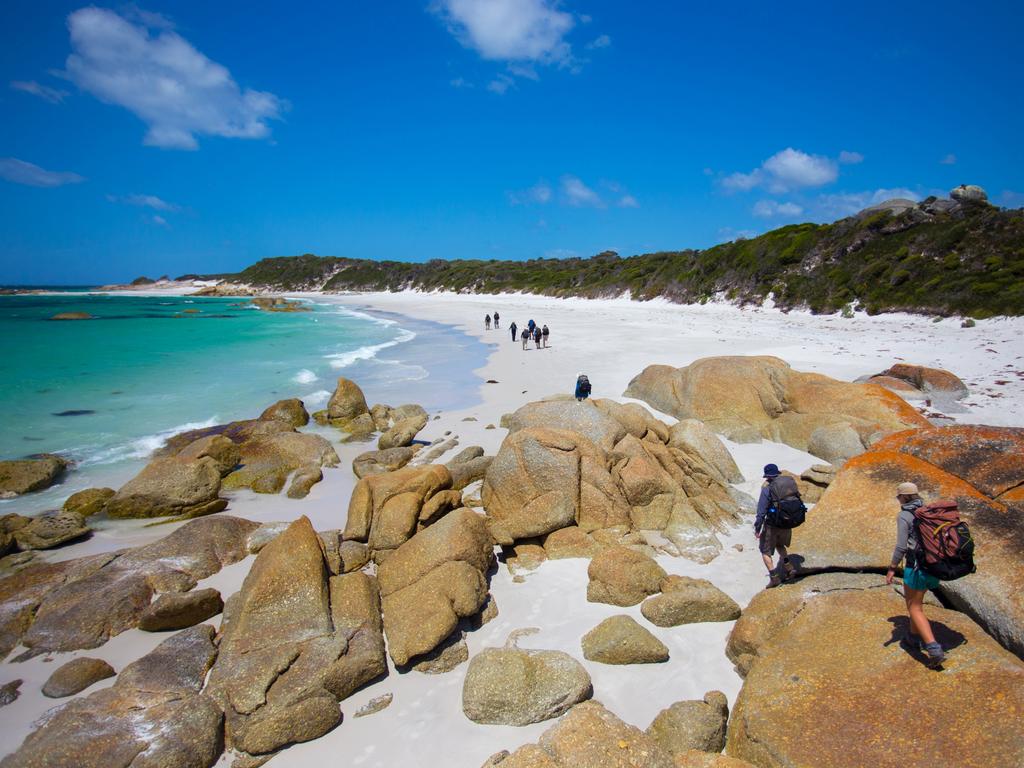
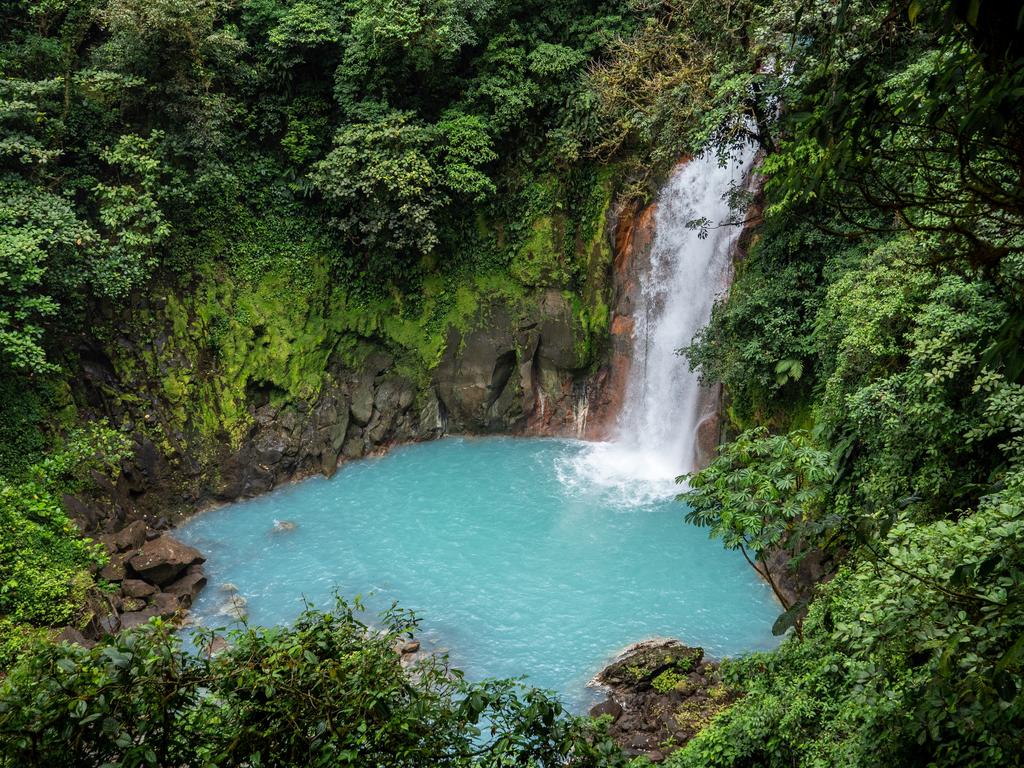
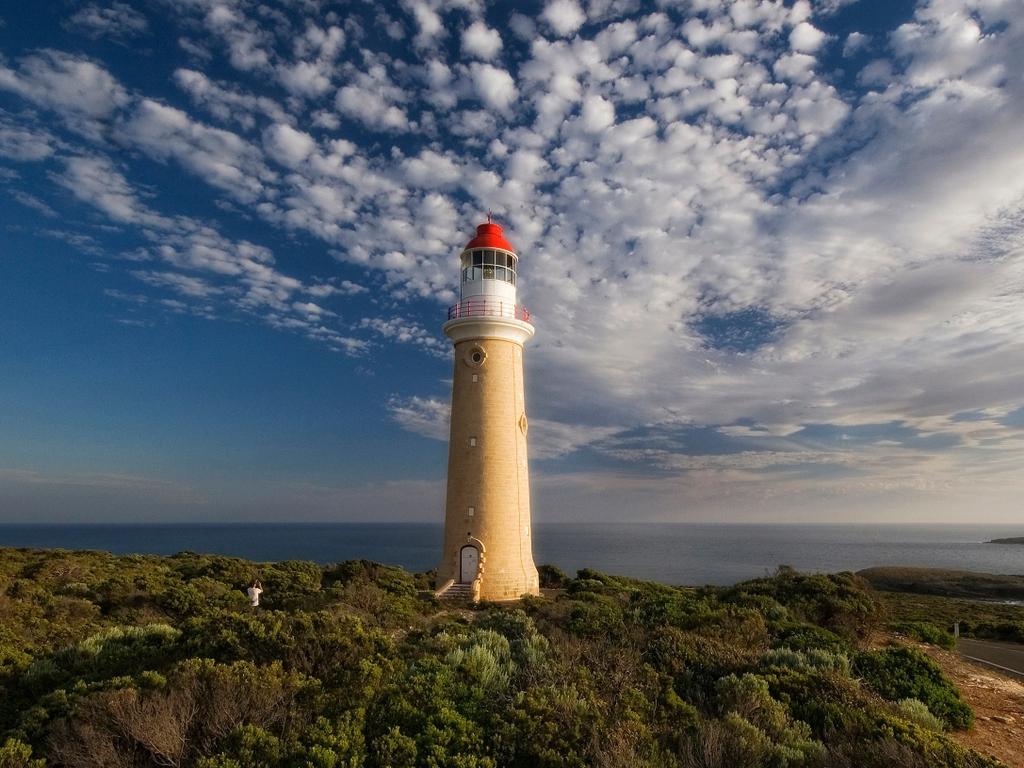
To join the conversation, please log in. Don't have an account? Register
Join the conversation, you are commenting as Logout